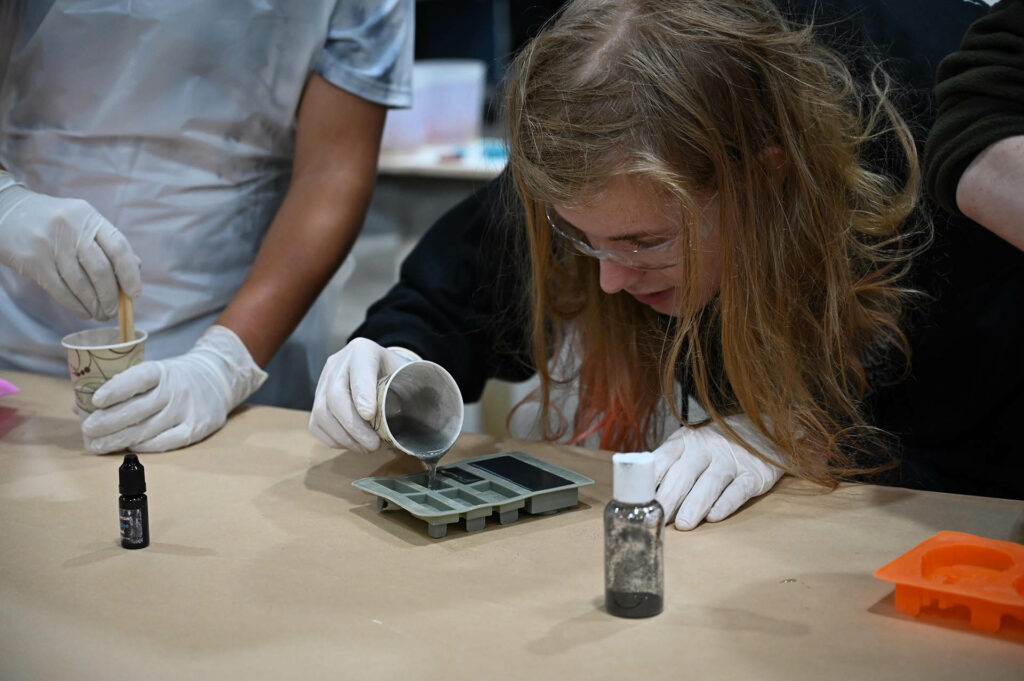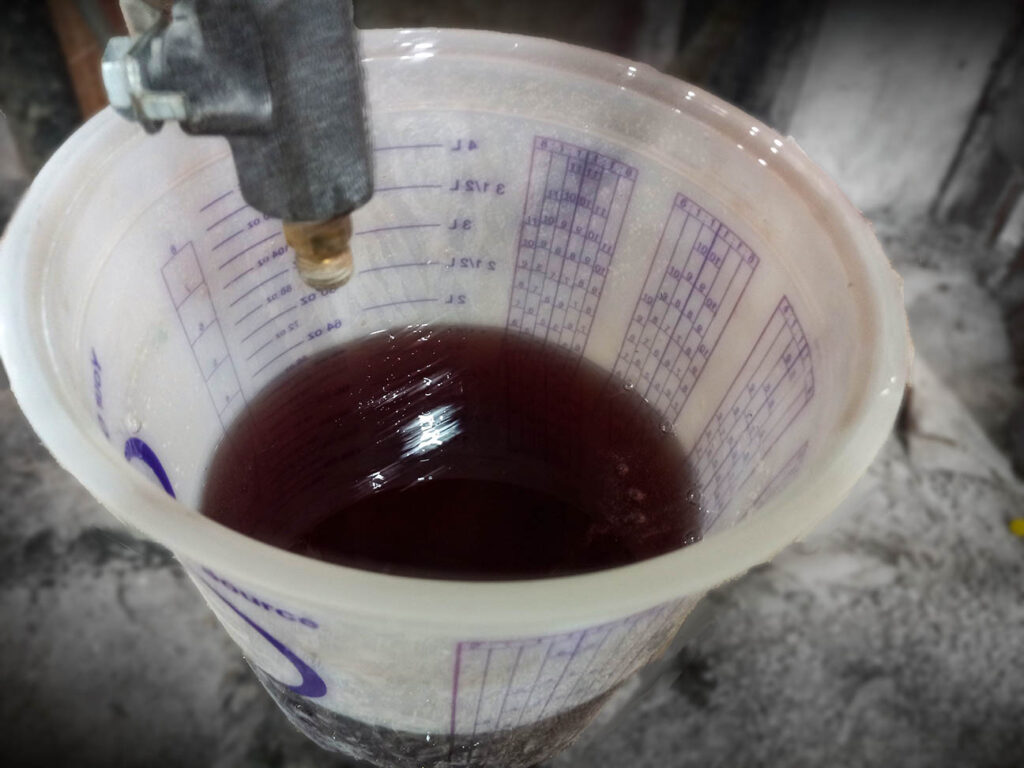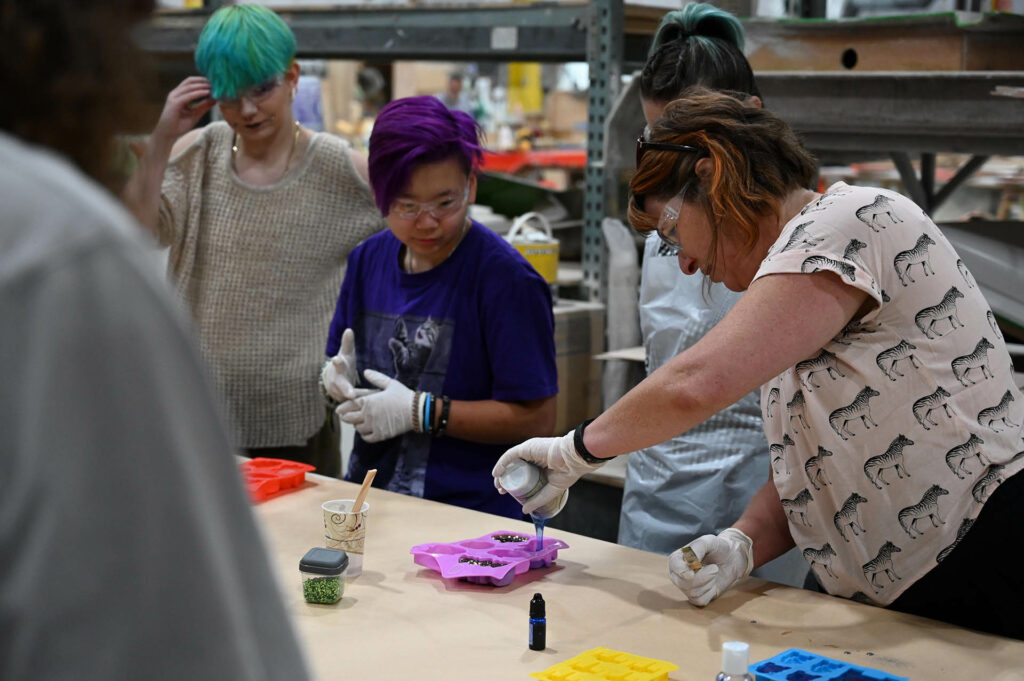Yes, resin does get hot or generates heat as it cures. This exothermic reaction is a natural part of the curing process and occurs as the resin undergoes polymerization. The heat generated is a byproduct of the chemical reaction that transforms the liquid resin into a solid state.
When it comes to working with fiberglass and resin, it’s important to understand the process of curing. Curing is the chemical reaction that transforms the liquid resin into a solid, durable material. However, a common concern among fiberglass enthusiasts is whether the resin gets hot during the curing process. In this article, we will delve into the topic and shed light on the temperature rise during resin curing. We will specifically focus on the renowned Miles Fiberglass and address some frequently asked questions regarding the heat generated during the curing process.
Resin formulations are designed to provide optimal curing characteristics while maintaining a controlled temperature rise. The company understands the importance of a balanced curing process to ensure the best results for their customers.
It’s worth mentioning that Miles Fiberglass follows manufacture guidelines for curing their resins safely and effectively. Following these instructions not only ensures proper curing but also helps in managing the temperature rise during the process.
Tips for Managing Heat during Resin Curing:
Here are a few tips to help you manage the heat generated during resin curing:
Use the recommended resin: Each resin formulation has specific curing properties. Opt for resins, like those used by Miles Fiberglass, that are designed to minimize excessive heat generation during the curing process.
Maintain proper ventilation: Adequate airflow helps dissipate the heat generated during curing. Ensure that the curing area is well-ventilated to prevent excessive heat buildup.
Monitor ambient temperature: The temperature of the environment where curing takes place can impact the heat generated. Avoid curing in extremely hot conditions, as it can lead to higher temperatures during the curing process.
Use proper curing mass size: When working with larger fiberglass projects, consider dividing them into smaller sections to manage the heat generated during curing. This allows for better temperature control and prevents excessive heat buildup.

The maximum temperature reached during resin curing depends on several factors, including the type of resin, the ambient temperature, and the size of the curing mass. Generally, the curing process can raise the temperature of the resin by several degrees Celsius or Fahrenheit. However, it’s crucial to note that the temperature rise is usually within a manageable range and rarely reaches extreme levels.


Resin does get hot while curing, but the temperature rise is usually within a manageable range. Miles Fiberglass understands the importance of a controlled curing process and offers resin formulations that minimize excessive heat generation. By following recommended guidelines, maintaining proper ventilation, and monitoring ambient temperature, you can ensure a successful and safe resin curing experience. Remember, a balanced approach to resin curing will yield the best results for your fiberglass projects.
Please share:
Get notified about what’s new